Short Description
This volume assembles the papers read at a symposium on the diverse forms of literature reception and intertextuality in Middle Eastern literatures in general and Arabic literature in particular. Arabic Studies are continuously confronted with powerful traditions and notions of canon. Yet, questions of intertextuality have only rarely been systematically pursued and a comprehensive study of the various modes of literary reception is equally absent. One key intention of the volume is to alert attention to these desiderata.
Description
This volume assembles the papers read at a symposium on the diverse forms of literature reception and intertextuality in Middle Eastern literatures and Arabic literature in particular. Arabic studies are continuously confronted with powerful traditions and notions of canon. Yet questions of intertextuality have only rarely been systematically pursued and a comprehensive study in the various modes of literary reception is equally missed. This book intends to alert to a desideratum in that subject.
Series Description
Literatures in Context is a peer-reviewed book series devoted to Near Eastern and North African literatures. The editors want the title of the series to be understood programmatically. They presuppose a concept of world literature that includes Near Eastern and North African literatures. What is more, they assume that literatures are in many ways marked by intertextuality, that they constitute readings of extremely diverse earlier texts, and that they are posited within a field of tensions, much broader than their respective national language. For the earlier eras of Near Eastern and North African literatures, this field of tensions geographically covers the regions of the Southern and Eastern Mediterranean and Asia Minor. In modern times, it has become a space of interaction that has long since included “global” Western literatures (and realities). This does not imply that the modern Near Eastern and North African literatures have severed themselves from their predecessors. Instead it is precisely the tension between different sets of references in modern Near Eastern and North African literatures, or their “local historical context”, which is a great part of their attraction, that remains a crucial field of research for the modern scholar.

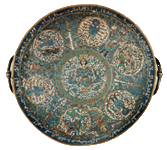

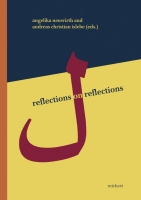
 Preface
Preface

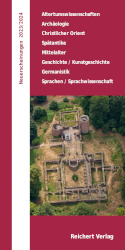 Neuerscheinungen 2023/2024
Neuerscheinungen 2023/2024
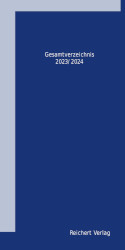 Gesamtverzeichnis 2023/2024
Gesamtverzeichnis 2023/2024
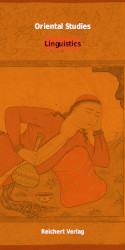 Katalog Oriental Studies & Linguistics
Katalog Oriental Studies & Linguistics
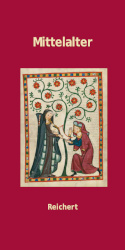 Mittelalter
Mittelalter
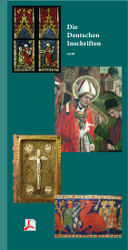 Deutsche Inschriften
Deutsche Inschriften
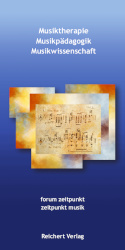 Musiktherapie
Musiktherapie
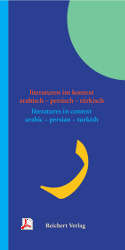 Literaturen im Kontext
Literaturen im Kontext